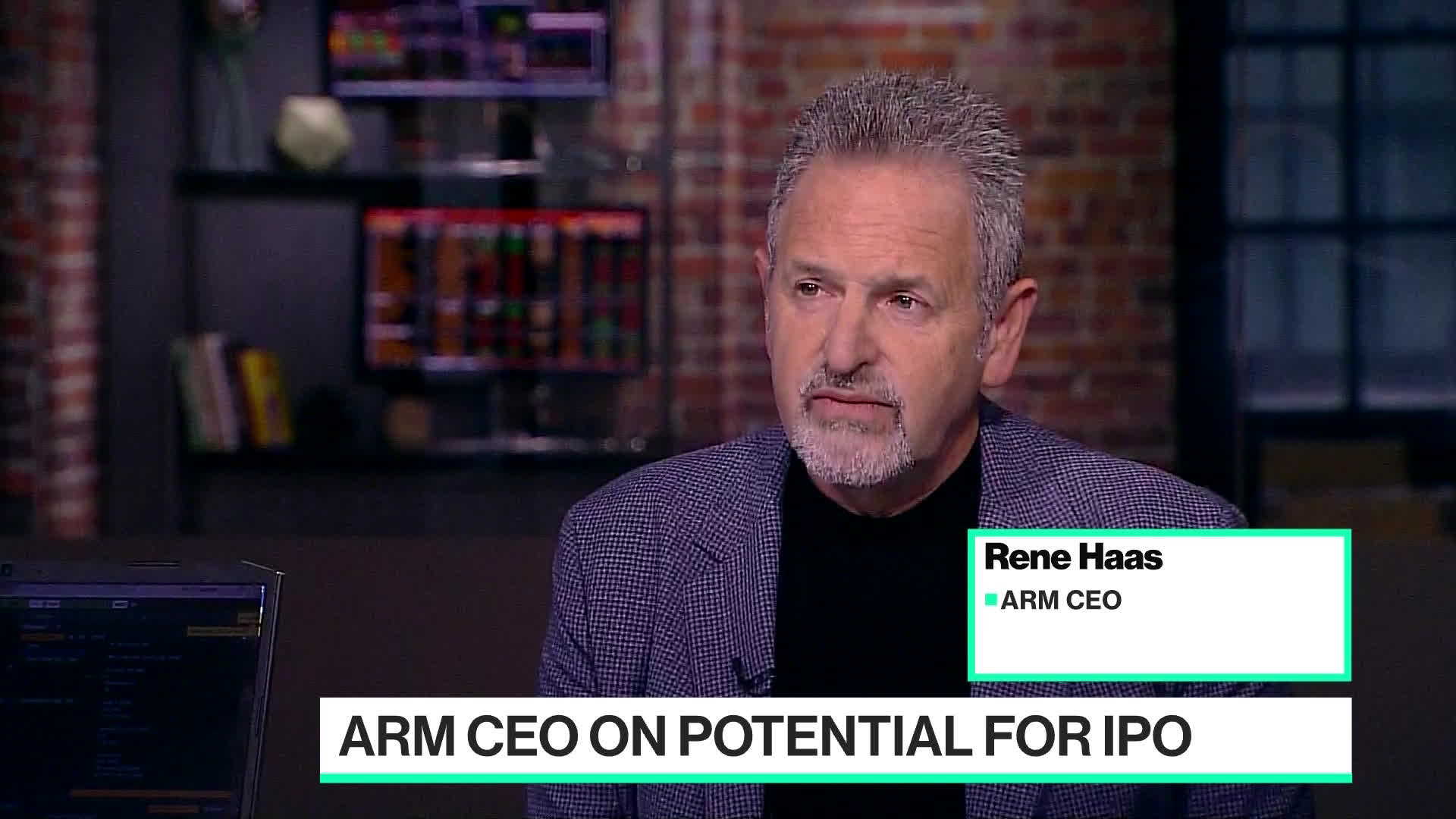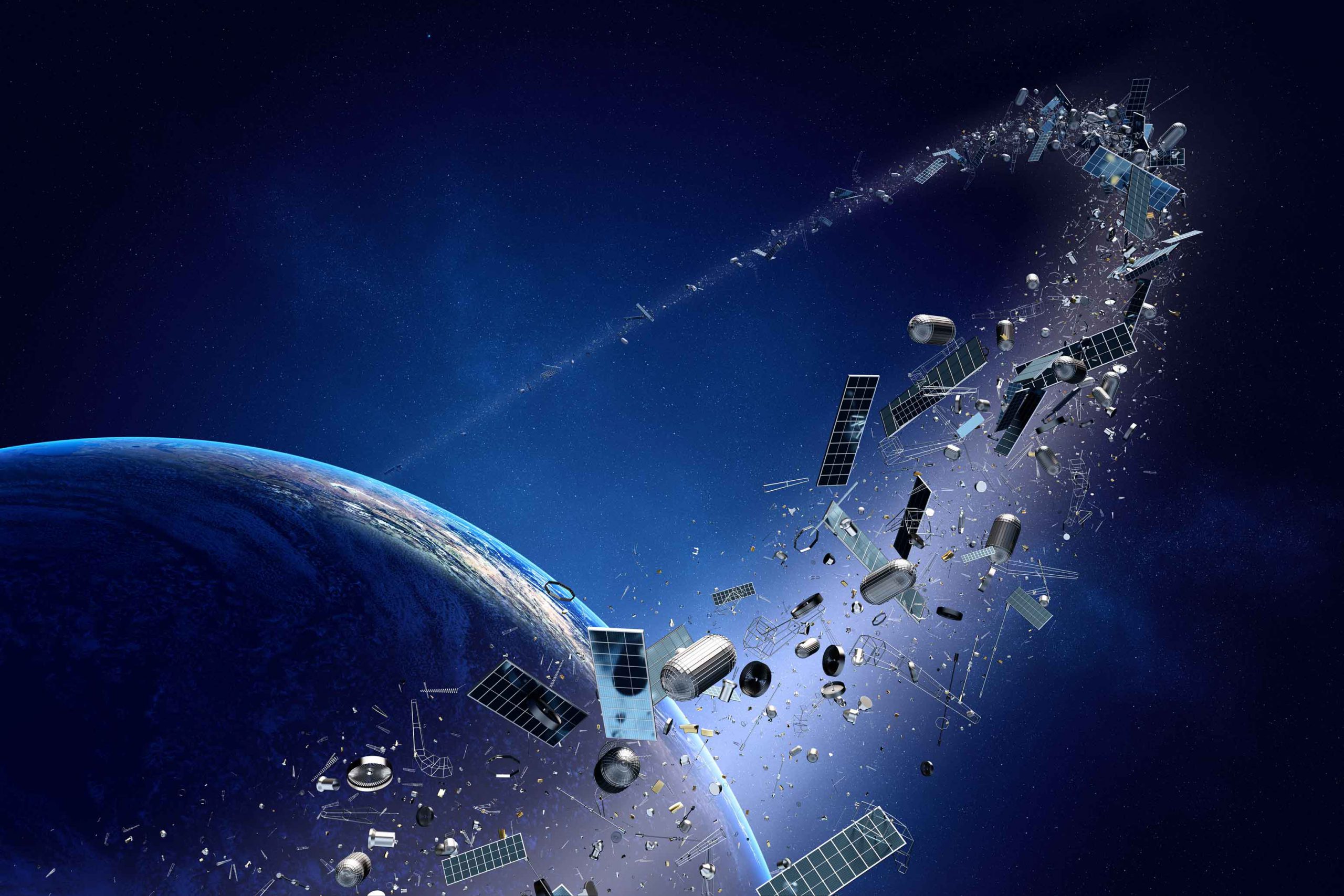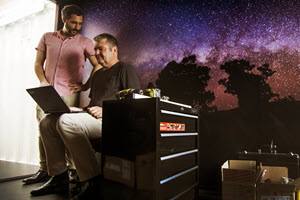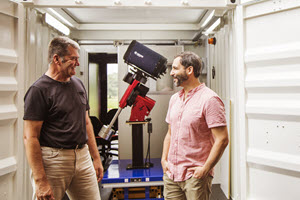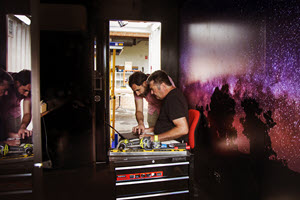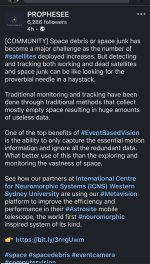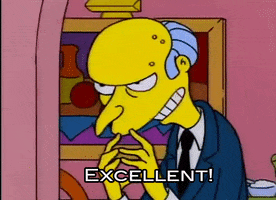Government to impose penalties for dirty car emissions
Jacob GreberSenior correspondent
Aug 18, 2022 – 10.30pm
Save
Share
The Albanese government is resurrecting a contentious plan to impose carbon
emissions rules on new car sales to boost electric vehicle take-up and avoid turning the country’s car yards into “dumping grounds” for redundant stock no longer able to be sold in other markets.
In a coup for the electric vehicle industry and mostly European premium manufacturers such as VW, BMW and Mercedes, Climate Change and Energy Minister Chris Bowen will on Friday declare that “now is the time to have an orderly and sensible discussion” about the idea.
Chris Bowen is already a committed EV driver after taking delivery of a Tesla model 3 earlier this year. Dominic Lorrimer
At a function organised by the EV lobby in Canberra on Friday, which will include three teal independents, billionaire Mike Cannon-Brookes, and the head of VW Australia, Mr Bowen will argue that introducing penalties on the sale of traditional internal combustion engines will “address the cost-of-living impacts of inefficient cars”.
Labor will “shortly” release a discussion paper for consultation on a national electric vehicle strategy aimed at expanding the range of new EV models costing less than $60,000 available in Australia from eight to something closer to the UK’s market, where consumers have at least 26 options.
Mr Bowen’s move reverses
Labor’s pre-election decision almost a year ago to dump the idea, which former leader Bill Shorten took to the 2019 election and the Coalition weaponised.
Former prime minister Scott Morrison infamously claimed Labor would “end the weekend” and drive up the cost of the nation’s most popular selling vehicles.
Labor now judges that the national mood has shifted, with consumers eager for the kind of choice and range EV buyers enjoy in Europe.
“Apart from Russia, Australia is the only OECD country to not have, or be in the process of developing, fuel efficiency standards,” he will say.
Utes to be hit hardest
An emissions standard, which the European Union sets at 95g CO2 per km, incentivises manufacturers to produce and sell lower emissions vehicles and EVs that fall below that threshold while driving up the cost of traditional internal combustion models above it.
Regulators normally judge the performance of carmakers in meeting the standard according to the average emissions of all the vehicles they sell in a given period.
The move risks pitting the Albanese government against groups such as the Federal Chamber of Automotive Industries, which has warned that a compulsory emissions standard would penalise many of the carmakers that dominate Australia’s sales rankings, including large four-wheel drives like the Toyota HiLux, RAV4s and Ford Rangers.
The average emissions performance of Australia’s biggest-selling makers of utes are Toyota, at 223g CO2 per km, followed by Ford (212) and Isuzu Ute (208).
View attachment 14470
The figures for the top passenger-car makers are Toyota, with 145g CO2 per km, Mazda (156), Hyundai (164) and Kia (160).
Imposing barriers to importing petrol and diesel burners is set to become part of Labor’s push to cut national emissions by 43 per cent this decade.
“Passenger cars make up almost 10 per cent of Australia’s CO2 emissions,” Mr Bowen will say. “Serious action on climate involves serious action on transport emissions.”
He will cite Australian Electric Vehicle Association figures that indicate motorists would save $500 in fuel and $100 in maintenance costs every year per vehicle. By 2030, according to UBS, that could generate $1700 per car owner.
“We are experiencing significant cost of living challenges,” Mr Bowen will say. “And giving Australians better access to options which allow them to never lift the nozzle on a petrol pump again is a good cost of living measure.
A ‘game changer’, VW says
“Naysayers point to the expense of electric vehicles – out of the reach of ordinary families – as a reason not to drive further uptake.
“And to an extent, they have a point. There are many consumers who would be interested in buying an EV – but even if they could access the limited stock available, price sends them to petrol or diesel models.
“To me, this is ultimately about choice. Freedom of choice. And policy settings are denying Australians real choice of good, affordable, no-emissions cars.”
Volkswagen Australia CEO Paul Sansom told
The Australian Financial Review that an emissions standard would be “a game changer in our headquarters” in Germany.
Not having a standard puts Australia “right in the back of the queue, we just don’t get any EV supplies”.
“I’m super frustrated by that because at Volkswagen, we’ve got cars on sale in Europe that we know would sell today and are really in the sweet spot of what our [Australian] consumers are looking for.”
Mr Sansom also hinted that the company would eventually develop EV versions of Australia’s biggest-selling categories – large four-door utes.
“That’s definitely something that’s in our design plans at the moment,” he said.
“Nothing that I can confirm yet that is going into production, but certainly, where there are big markets around the world for those popular vehicles we’ll be servicing those with electric vehicles as well.”
Labor’s shift anticipates a push by three teal independents speaking at Friday’s EV summit to boost demand for the zero-emissions vehicles.
North Sydney MP Kylea Tink aims to introduce a private member’s bill next month that would “bring fuel quality standards and vehicle emissions standards into line with international markets within two years”.
“We must keep up with the pace set by the Europeans on all pollutants, not just sulphur,” Ms Tink will say.
Teals push for more incentives
“I will also push the government to legislate binding fuel-efficiency standards to get us on a trajectory to no new fossil fuel vehicles by 2035.”
In addition, Kooyong MP Monique Ryan will call for changes in the October budget to the definition of fuel-efficient vehicles under the luxury car tax by reducing tax waivers for “polluting ICE vehicles” – a move that would boost tax revenues by $411 million over four years, according to Budget Office estimates.
“The current definition of a ‘fuel-efficient’ vehicle is outdated and gives tax concessions to a broad range of high-end internal combustion engine vehicles.”
Dr Ryan wants to cut the definition of a fuel-efficient vehicle from 7 litres of fuel per 100km to 4 litres per 100km.
‘Charging anxiety’
Member for Goldstein Zoe Daniel will call for changes to the Australian Renewable Energy Agency’s rules on funding the rollout of fast EV chargers.
“Currently, grants favour low-capacity chargers which are too slow. This frustrates EV drivers and deters potential owners by increasing ‘charging anxiety’,” she says.
“This government should increase the minimum capacity requirement for grants from 50kw to the industry standard of 150kw to ensure that the chargers supported are fast enough to guarantee driver confidence and value for public money.”
The Greens on Thursday reiterated their support for a fuel efficiency standard – starting at 105 grams per km and ratcheting down to zero by 2030, when a “ban on new petrol and diesel” vehicles should take effect.
“We also want to see a $10,000 subsidy on every first electric vehicle, decreasing over time as the take-up of electric vehicles increases,” said Greens Deputy Leader Mehreen Faruqi.
Mr Bowen and Transport Minister Catherine King have written to state and territory governments to help work on the national EV strategy.
Labor’s move adds to its Commonwealth fleet buying policy, which aims to reach 75 per cent EV leases and purchases by 2025, and a push to expand the charging station network density to an average interval of 150km on major roads.
“We want to hear your views on how best to design fuel-efficiency standards in Australia to meet industry and consumer needs now and for generations to come, so I encourage people to have their say,” says Ms King.
Jacob Greber writes about politics, economics and business from Canberra. He has been a Washington correspondent and economics correspondent. Connect with Jacob on
Twitter. Email Jacob at
jgreber@afr.com


 www.miragenews.com
www.miragenews.com


